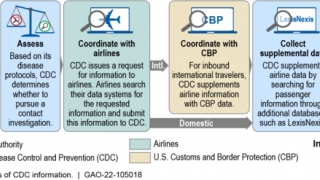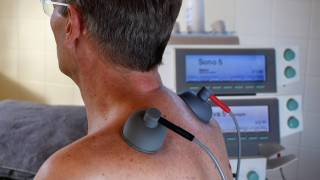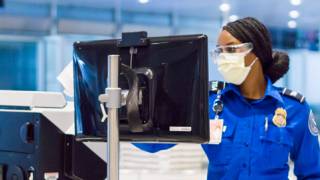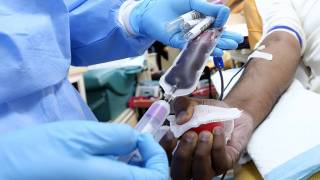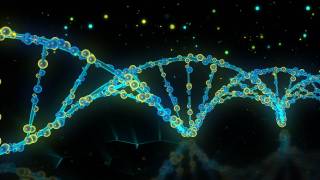Coronavirus Infectivity Confirmed By Oregon Researchers
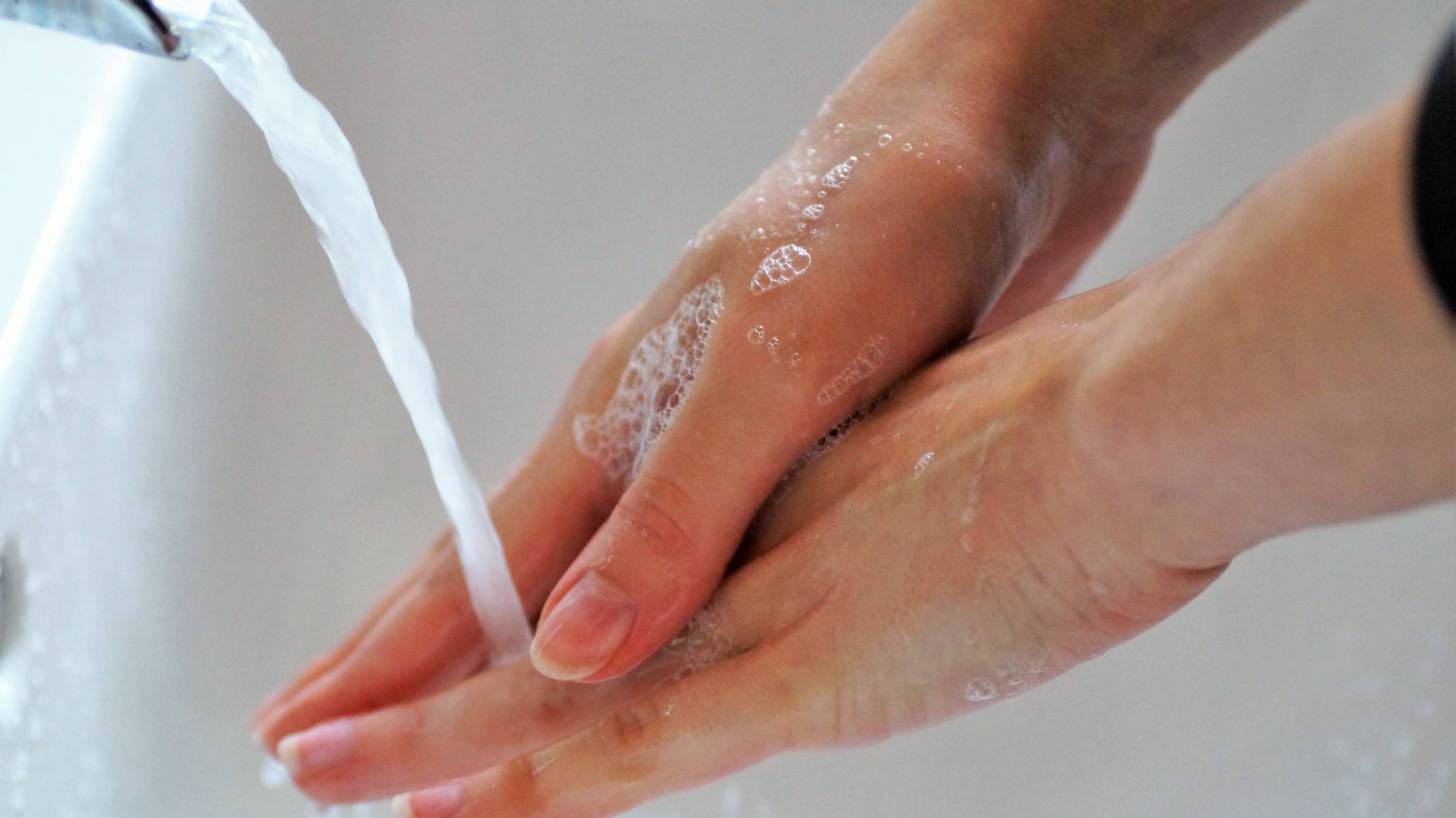
A review of dozens of studies by researchers at Oregon Health & Science University (OHSU) and Oregon State University suggests that people may shed the SARS-CoV-2 RNA for prolonged periods.
But, those with mild or no symptoms may be infectious for no more than about 10-days. And those who were severely ill from COVID-19 may be infectious for as long as 20-days.
According to these OHSU researchers on October 20, 2020, this means the detection of viral RNA may not correlate with infectivity, since available viral culture data suggests shorter durations of shedding of viable virus.’
That's in line with the guidance provided by the U.S. Centers for Disease Control and Prevention (CDC), confirming recommendations for the length of time people should be isolated following infection with SARS-CoV-2.
"Detection of viral RNA may not correlate with infectivity since available viral culture data suggests shorter durations of shedding of viable virus," the study authors wrote. "Additional data is needed to determine the duration of shedding of viable virus and the implications for risk of transmission."
The researchers decided to conduct the review to gain more information on transmission and to help inform infection control practices, said co-author Monica Sikka, M.D., assistant professor of medicine in the OHSU School of Medicine.
"Even though people can shed virus for a prolonged period of time, the studies we reviewed indicated that live virus, which may predict infectiousness, was only detected up to nine days in people who had mild symptoms," Dr. Sikka said.
The researchers identified 77 studies worldwide, including 59 that had been peer-reviewed, and combed through the results. All studies reported assessments of viral shedding using standard methods to identify the virus by replicating it through a process called a polymerase chain reaction, or PCR.
"Although PCR positivity can be prolonged, culture data suggest that virus viability is typically shorter in duration," the authors wrote.
The overall pooled median duration of RNA shedding from respiratory sources was 18.4 days (95% CI: 15.5 days - 21.3 days; I2=98.87%, p<0.01) among 28 studies.
When stratified by disease severity, the pooled median duration of viral RNA shedding from respiratory sources was 19.8 days (95% CI: 16.2 days – 23.5 days; I2=96.42%, p<0.01) among severely ill patients and 17.2 days (95% CI: 14.0 days - 20.5 days; I2=95.64%, p<0.01) in mild/moderate illness.
Viral RNA was detected up to 92 days after symptom onset. Viable virus was isolated by culture from -6 days to 20 days relative to symptom onset.
This study’s co-authors include Jessina McGregor, Ph.D., associate professor in the Oregon State University College of Pharmacy; Angela Holly Villamagna, M.D., an instructor in infectious diseases in the OHSU School of Medicine; and Lauren Fontana, D.O., formerly of OHSU but now an assistant professor at the University of Minnesota.
CoronavirusToday publishes research-based news.
Our Trust Standards: Medical Advisory Committee


